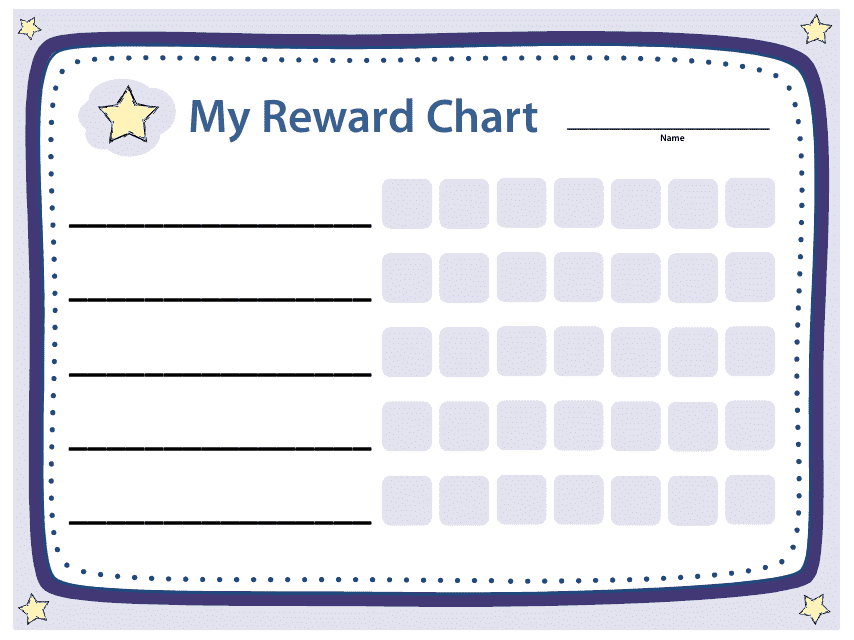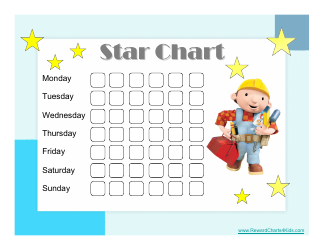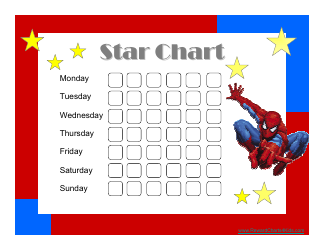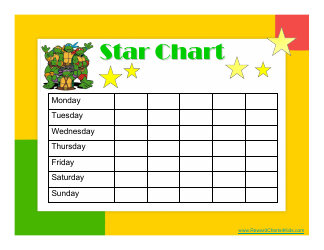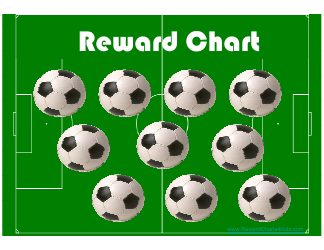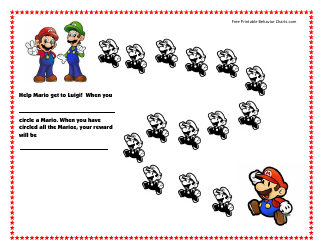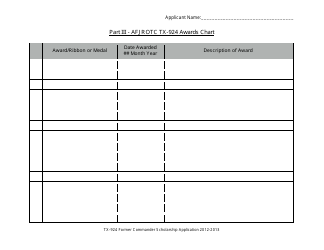Reward Chart
A Reward Chart is a tool typically used to encourage and track desirable behavior, often in children, but it can also be applied in educational or work scenarios. It allows for the recording of progress towards a specific goal. When a certain action or task is successfully completed, a mark or a sticker is placed on the chart. After a certain number of marks or stickers have been collected, a predetermined reward is given. This serves to motivate continued engagement in the desirable behavior. Reward charts can be effective in teaching responsibility, organizational skills, and helping to reinforce positive behaviors.
The Reward Chart is typically filed by parents or teachers when it comes to children. It's a method used at home or in school to encourage good behavior and completion of tasks. In a workplace setting, supervisors or team leaders might use a similar method to track employee performance. This isn't particularly tied to a specific country including the USA, Canada, India, or Australia, as the practice is common globally depending on individual management styles.
FAQ
Q: What is a Reward Chart?
A: A Reward Chart is a tool used to promote and encourage positive behavior by rewarding kids for completing tasks, behaving well, or achieving set goals. Usually, stickers or markers are used to note the progress.
Q: How does a Reward Chart work?
A: A Reward Chart works by listing the desired behaviors or tasks. Each time a child successfully completes a task or works on the behavior, they earn a marker or sticker on the chart. Once they accumulate a predetermined number of stickers, they get a reward.
Q: Is a Reward Chart effective?
A: Studies suggest that Reward Charts can be effective if used properly. Consistency, realistic goals, and meaningful rewards can make a difference in the effectiveness of a Reward Chart.
Q: How to make a Reward Chart at home?
A: To make a Reward Chart at home, create a list of tasks or behaviors to be encouraged. Draw up a grid with the tasks/behaviors on one axis, and the days of the week on the other. Decide on the rewards based on the number of tasks or behaviors achieved.
Q: What age is it appropriate to start using a Reward Chart?
A: There's no set age to start using a Reward Chart, but they are generally used for children aged around 3 years to 8 years old. It's important to ensure the tasks and rewards are age-appropriate.
Q: Does a Reward Chart help with discipline?
A: Yes, a Reward Chart can be used as an effective form of discipline. They are a positive reinforcement tool that encourages good behavior and motivates children to achieve goals in order to receive a reward.
Q: What should the rewards be in a Reward Chart?
A: The rewards on a Reward Chart should be motivating and appropriate for the age of the child. It could be extra playtime, a favorite meal, a special outing, or even a small toy.
Q: Can a Reward Chart help with potty training?
A: Yes, a Reward Chart can be a helpful tool in potty training. Each time the child uses the potty successfully, they get a sticker or marker. Over time, this positive reinforcement can help make the process smoother.
Q: What could be some drawbacks of a Reward Chart?
A: While a Reward Chart can be effective, possible drawbacks include over-reliance on external motivation instead of internal motivation, or the possibility of children 'gaming' the system to get rewards without genuine effort or behavior change.
